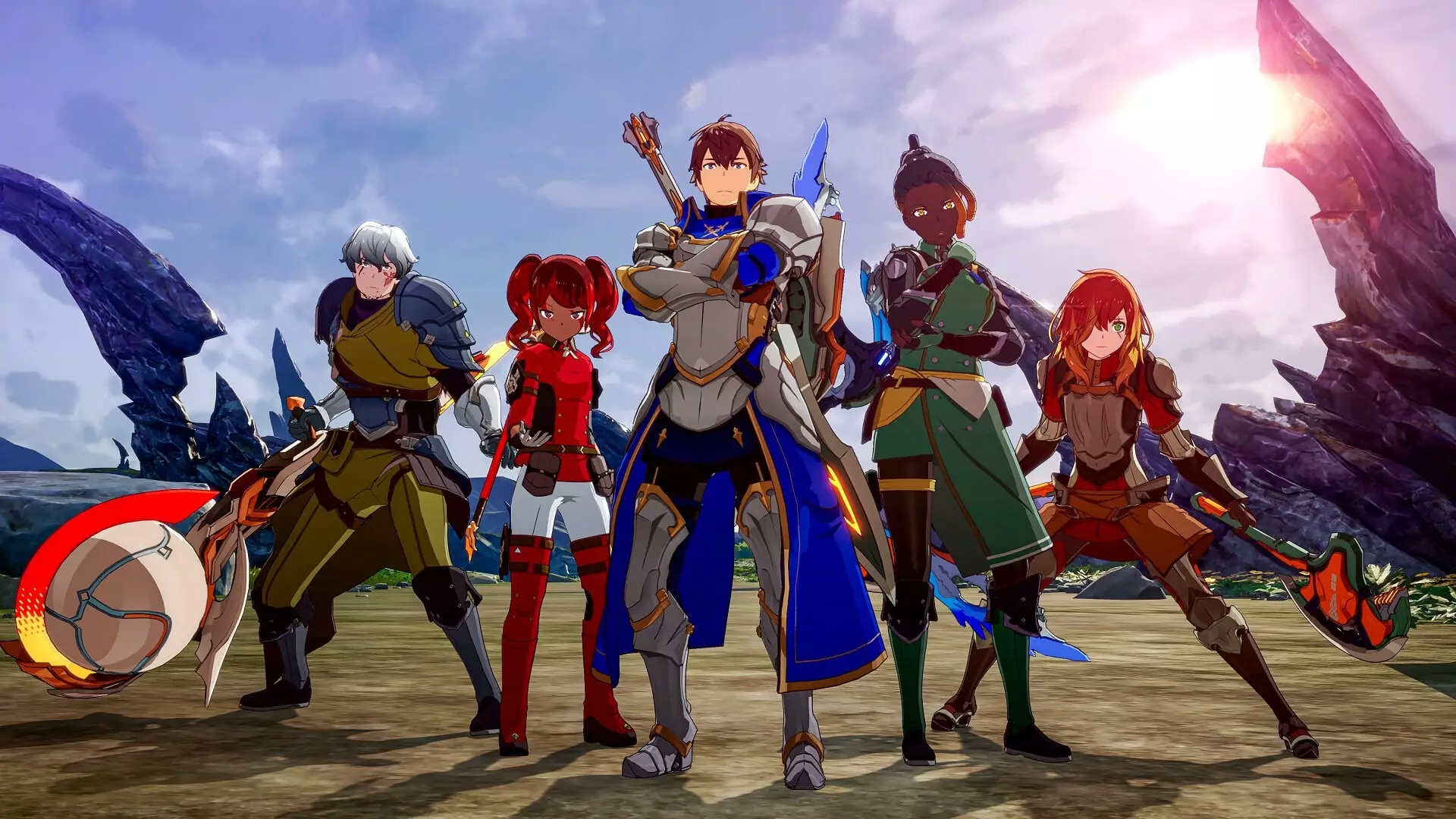In a surprising turn of events, Bandai Namco’s vibrant MMORPG, Blue Protocol, which saw its discontinuation in Japan back in February 2025, is gearing up for a revival. After the original iteration struggled to capture its intended audience and faced an official cancellation of its western release, hopes were seemingly dashed. However, the tides have shifted with its rebranding under the guidance of Tencent-backed studio, Bokura, now presenting it as Blue Protocol: Star Resonance. This transition not only signifies a fresh start but paints a promising picture for what could become a captivating journey for players across Europe, North America, Latin America, and beyond.
Lessons Learned from Initial Failures
The closure of Blue Protocol’s original service was not an arbitrary decision but rather a poignant acknowledgment by the developers of their inability to meet fan expectations. As stated in their candid announcement, the studio aimed to create an immersive anime-like experience where players could truly feel like protagonists in a fantastical world. Its eventual downfall, encapsulated by the failure to translate that vision into actual gameplay, serves as a critical learning experience. There’s value in the studio’s transparency; it reflects a willingness to listen and adapt, something that is vital in the dynamic landscape of gaming.
A Renewed Focus on Player Experience
With the new title comes a revitalized commitment to crafting an engaging experience. The developers have taken this opportunity to reevaluate their strategies and try to redefine the very essence of gameplay. According to early insights shared via trailers and promotional material, Blue Protocol: Star Resonance is set to offer an enriched world filled with adventures that resonate with players on a deeper level. Enthusiasts can look forward to a game that not only acknowledges past missteps but seeks to build upon them, catering to the desires of an eager audience.
Reviving Hopes and Expectations
It’s undeniably rare for a game to make a comeback after such a definitive cancellation, which adds an intriguing element to its revival. The anticipation that has resurfaced may very well lead to not just renewed interest but a surge of excitement that wasn’t initially captured. Players are often drawn to stories of redemption, and Blue Protocol’s second chance might inspire a dedicated community rallying behind it, eager to explore its animated realms.
The Stakes of a Global Launch
As Blue Protocol embarks on its new journey, the stakes for its success are considerably heightened. The international gaming community is known for its fickle nature, and capturing attention amidst a sea of competing titles is no small feat. While the previous venture failed to connect, this new direction opens the floodgates for curiosity and fresh engagement strategies that could reinvigorate the brand. Will the developers succeed in crafting a world where every player feels like the star of their own anime? Expectations are soaring, and the pressure is undoubtedly mounting. Now, more than ever, the studio must prove that its aspirations align with the community’s desires, making the resuscitation of Blue Protocol a fascinating case study in game development and marketing.

